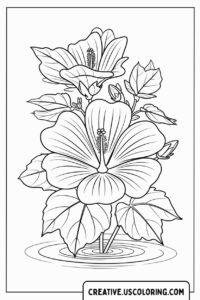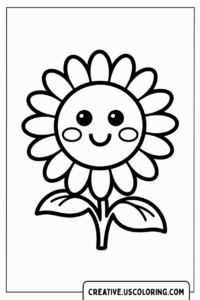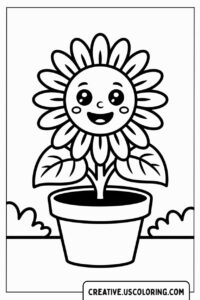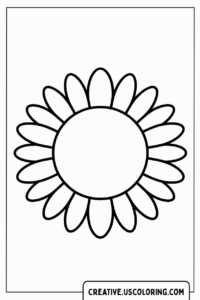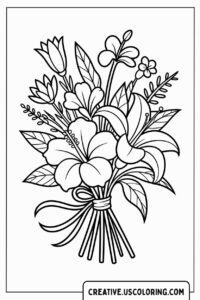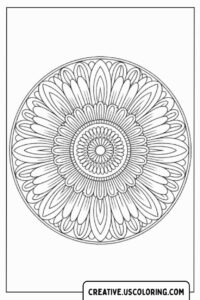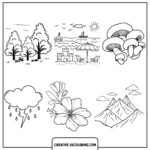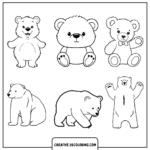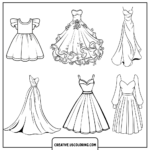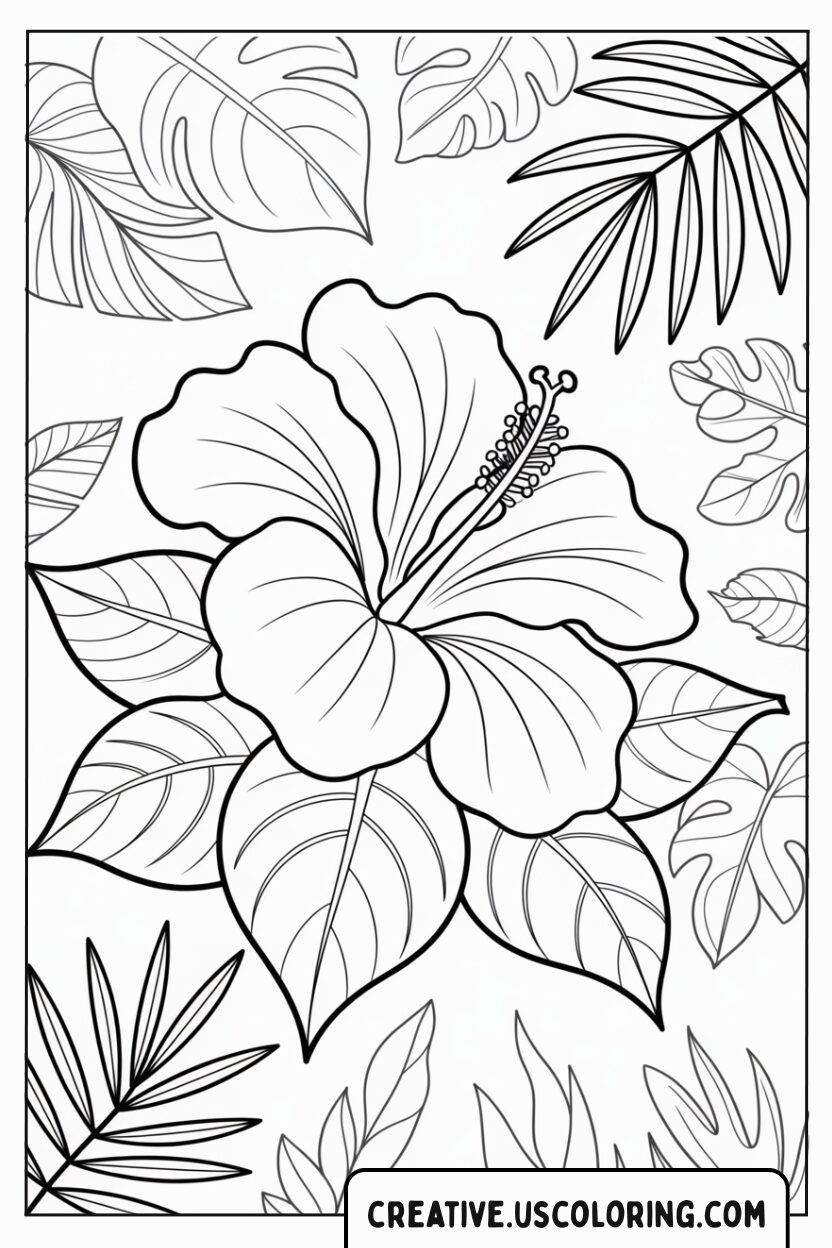
| Title | Detailed-Hibiscus-Tropical-Leaves-Hawaiian-Flower-Coloring-Page |
|---|---|
| Category | Flower |
| Image Size | 170.91 KB (832 × 1248 px) |
| File Format | JPG |
| Available Download | JPG PDF(A4-150 DPI) |
| More | |
| Share |
You can use this work for personal, learning, or editorial projects — just not for profit. It’s covered by a CC BY-NC 4.0 License , and credit is always appreciated
About this Hawaiian Flower Coloring Page
This Hawaiian flower coloring page transports you instantly to a lush, humid rainforest. The central figure is a stunning hibiscus—the state flower of Hawaii—surrounded by a dense border of various tropical foliage, including broad palm fronds and textured monstera leaves. This image captures the rich, vibrant ecosystem of the islands, famous for their natural beauty and exotic flora. As you look at the different leaf shapes and the graceful curve of the hibiscus petals, imagine the gentle sound of the ocean and the sweet, heavy scent of tropical air. This isn’t just a picture of a flower; it’s an invitation to take a mini-vacation and immerse yourself in the warm, peaceful spirit of Aloha.
How Tropical Coloring Promotes Relaxation
Coloring intricate tropical scenes like this is an excellent method for promoting deep relaxation and focus. The complex layering of the leaves and the detail in the hibiscus flower encourage you to slow down and practice mindfulness. Unlike simple patterns, the variety in this design requires thoughtful color planning and patient execution, which is highly beneficial for reducing stress and mental fatigue. As you concentrate on bringing this exotic setting to life, your mind shifts away from daily worries. Completing this elaborate piece provides a profound sense of creative satisfaction, making the coloring process a rewarding therapeutic escape.
Vibrant Colors for a Taste of the Tropics
To truly capture the energy of this Hawaiian flower coloring page, use a vibrant and diverse color palette. The hibiscus can be colored in its classic form using a bold scarlet red, deep magenta, or bright orange. For the leaves, use many different shades of green—from deep emerald on the closer leaves to lighter olive or lime green on the background foliage—to create depth and a realistic jungle effect. You can also experiment with non-traditional tropical colors; try a deep violet hibiscus with teal leaves for an artistic flair. Remember to use subtle shading on the flower’s petals to make them look soft and three-dimensional, capturing the sunny warmth of the islands.
